1. Herbal Remedies

In colonial America, using herbs to treat illness could get you accused of witchcraft. Women—especially midwives—who brewed teas or poultices from plants like mugwort, yarrow, or valerian were often viewed with suspicion. Healing without a male doctor’s blessing was seen as unnatural or even demonic. The line between folk medicine and sorcery was razor-thin.
Today, herbalism is a booming wellness industry. You’ll find tinctures, teas, and essential oils in health stores and Instagram feeds alike. What was once feared as “witch’s brew” is now sold in sleek packaging with calming fonts. Turns out, those “witches” were just ahead of their time.
2. Crystal Healing
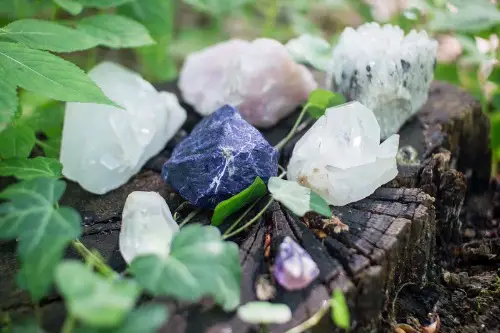
Carrying stones for protection or energy was once considered pure superstition—or worse, devil’s work. Early Americans, especially in Puritan communities, viewed any object believed to hold power as a potential tool of witchcraft. Amulets, charms, and crystals were burned or banned. Belief in “magic rocks” was enough to raise suspicion.
Today, crystals are sold in upscale boutiques and used in everything from skincare to therapy. People meditate with rose quartz, sleep with amethyst, and wear black tourmaline for “energy shielding.” It’s a billion-dollar industry rooted in ancient practices. And no one’s getting burned at the stake for it anymore.
3. Astrology
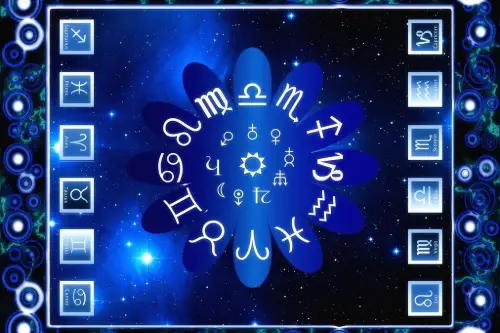
In early America, reading the stars for guidance was considered heretical. Astrology was lumped in with fortune-telling and divination—both seen as invitations to demonic influence. Even owning an almanac with astrological charts could raise eyebrows. The Puritans believed only God should guide your fate.
Now, astrology is everywhere—from Co-Star notifications to zodiac memes. People plan dates, careers, and even therapy sessions around their birth charts. What was once condemned as sorcery is now a pop-culture staple. And Mercury retrograde is practically a household phrase.
4. Energy Healing

Practices like laying on of hands, channeling energy, or sensing auras were once seen as signs of witchcraft. Colonial Americans believed only God—or the Devil—could work through people in that way. Anyone claiming to heal without medicine or prayer was viewed with deep suspicion. These practices were often hidden or denied.
Today, energy healing is part of mainstream wellness. Reiki, chakra balancing, and sound baths are offered in spas and hospitals alike. Practitioners talk about “vibrations” and “alignment” without fear of persecution. What was once feared as dark magic is now embraced as holistic care.
5. Meditation and Breathwork
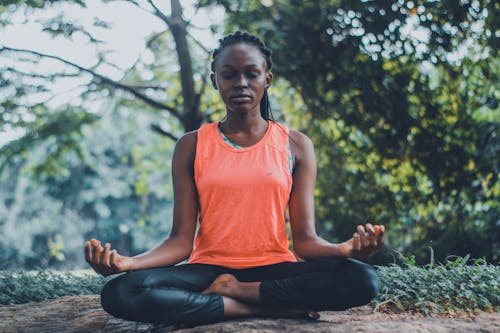
In Puritan New England, anything that involved altered states of consciousness was suspect. Practices like deep breathing, visualization, or trance-like focus were associated with the occult. If you claimed to hear voices or feel “energy,” you risked being labeled possessed—or worse, a witch. Stillness and introspection were not encouraged.
Fast forward to today, and meditation is mainstream. Breathwork classes, mindfulness apps, and guided visualizations are part of many people’s daily routines. Science now backs what mystics once practiced in secret. What was once feared as spiritual danger is now promoted as mental health care.
6. Moon Rituals
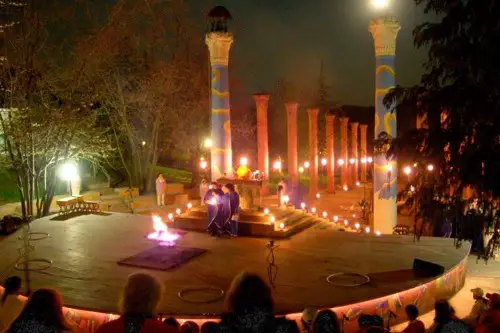
In early America, any ritual tied to the moon was considered pagan and dangerous. The moon was associated with madness, femininity, and the supernatural. Women who tracked lunar cycles or performed ceremonies under moonlight were often accused of witchcraft. It was seen as a rejection of Christian order.
Now, moon rituals are a popular form of self-care. People set intentions during new moons, release negativity during full moons, and even host moon circles. It’s about reflection, not rebellion. But the roots of the practice go back to those once labeled witches.
7. Tarot and Divination
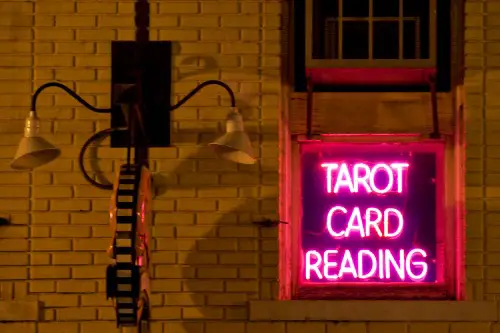
Using cards, runes, or pendulums to gain insight was once a fast track to a witch trial. Divination was seen as meddling with forces beyond human control—often assumed to be demonic. Even simple fortune-telling games were banned in some colonies. The fear was that you were opening a door to evil.
Today, tarot is a tool for self-reflection and spiritual growth. It’s used in therapy, journaling, and even business coaching. Decks are beautifully illustrated and widely available. What was once feared as forbidden knowledge is now a path to personal insight.
8. Forest Bathing and Nature Worship
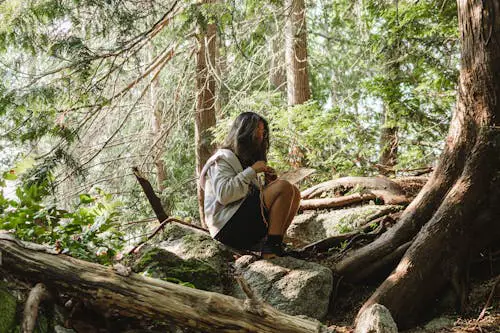
Spending too much time alone in the woods? In early America, that was suspicious behavior. Forests were seen as wild, untamed, and spiritually dangerous. People who claimed to feel “connected” to nature were often accused of being in league with dark forces.
Now, nature is a prescription. “Forest bathing,” or immersing yourself in natural surroundings, is promoted for reducing stress and improving mental health. People seek out solitude in the woods for healing, not hiding. And the reverence once feared is now encouraged.
This post 8 Things That Used to Be Considered “Witchcraft” in Early America—Now They’re Wellness Trends was first published on American Charm.


